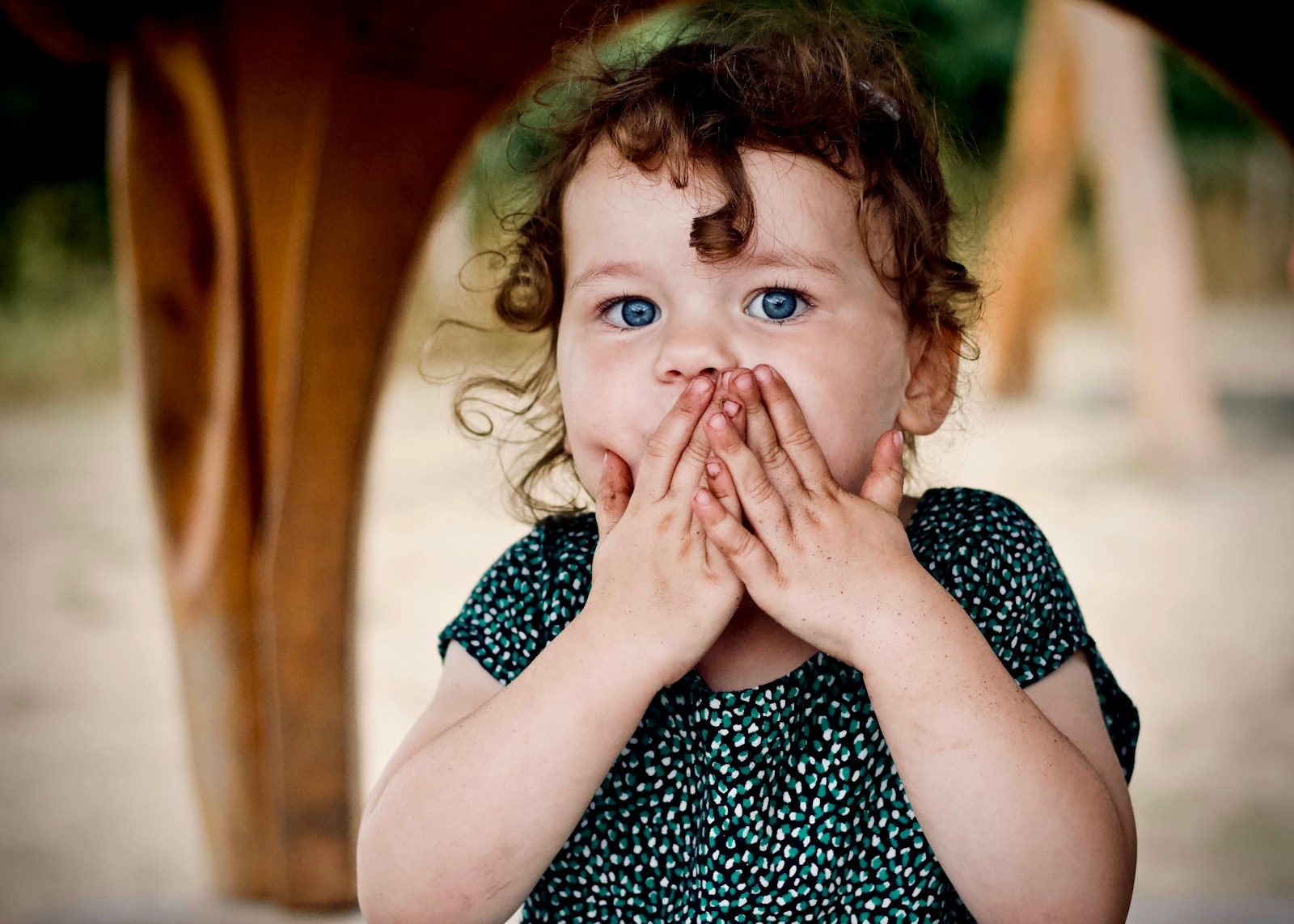
Top 10 Mistakes to Avoid When Writing Picture Books
1. Overly Wordy Text
Picture books are a marriage of text and illustration. The average picture book is 32 pages, including title, dedications and acknowledgements, and 500 words or less (1000 for non-fiction) – so it’s important to make every word count. Art and text should complement and inform one another, not merely reflect, so you want to be mindful of not writing what the art will show. Also, start your story immediately – don’t take up time with settings or descriptions. Avoid excessive use of adjectives and unnecessary detail. Distill your storytelling into as few words as possible, artfully chosen.
2. Lack of a Clear Theme or Message
Every great picture book has a clear theme or message. Ensure your story has a takeaway that will resonate with young readers and their parents… but don’t moralize! Let the theme be revealed through character action rather than through any narrative telling or summation.
3. Lack of Scope
I once had what I thought was a lovely idea for a picture book, which failed miserably. The reason? Lack of progressive visual interest. The potential for diversity in the illustrations was slim to nil – page after page of two characters in the same setting, just talking. I never forgot that lesson, and I marvel at how many fledgling authors make the same mistake. Even – or especially – if you are not an illustrator, think visually while writing. Imagine what the accompanying artwork might be, and if you find you have the same scene or setting over and over again, consider how you can open things up to broaden the scope.
4. Wrong Protagonist
Picture books should feature a main character or protagonist – whether human, animal or anthropomorphic object – of the same age or spirit as the intended reader. With the exception of fairy tales and fables, young children are not interested in reading about adults. When your young reader can readily identify with your central character and the issues they face, you stand a much better chance of engaging their interest.
5. Misunderstanding the Role of Illustrations
The illustrations in a picture book are just as important as the text. They should complement and enhance your story, not just act as a mirror or filler. They are also considered by the publishing industry to be a young child’s introduction to fine art, and as such they must be of the highest quality. Many beginning authors assume it is their responsibility to find an illustrator – or think it will enhance their chances of publication to do so. Nothing could be further from the truth. Publishers consider it their job to identify the right illustrator for a given project, so unless you are an author/illustrator, submit text only.
6. Overcomplicating the Plot
Simplicity is key in picture books. Avoid convoluted plots with multiple characters and focus on a straightforward, easy-to-follow storyline that young readers can grasp.
7. Weak Character Development
Even in picture books, characters should be well-developed and relatable. Every character should have a distinct personality and clear emotional arc. In Maurice Sendak’s classic Where the Wild Things Are, even though we never actually see the secondary character of Max’s mother, we understand her emotional journey from anger to forgiveness by the fact that he finds his dinner waiting for him – still hot – after his journey to the Wild Things, despite her having initially sent him to bed without supper.
8. Verse Issues
Young readers appreciate the musicality and fun of verse, but many aspiring authors neglect story structure for the sake of rhyme. If you write in verse, take a critical extra step: craft a prose version as well. Make sure you’ve addressed all the key issues: character, plot structure, pacing, theme etc., before converting back to verse. Verse should be the frosting on the cake, not the cake itself. Also, take care that the verse is first-rate, with true rhymes and consistency of meter. Never try to bend the phrasing or emphasis to accommodate a rhyme.
9. Failing to Read Aloud
Picture books are intended to be read aloud to or with the child. The child pieces the story together from listening to the words while looking at the illustrations – so the narrative must engage the ear. Always read your manuscript aloud while writing and revising. This will help you catch awkward phrasing, rhythm issues, and other problems that might not be apparent when reading silently. Better yet, have someone read it aloud to you.
10. Ignoring Feedback
Feedback is crucial. Share your manuscript with others, especially with fellow picture book writers and children, and be open to constructive criticism. It can provide valuable insights and help improve your story.
Writing a picture book is a unique and rewarding challenge. By avoiding these common mistakes, you can create a manuscript that stands out and delights young readers. Happy writing!
Ready to take your picture book writing to the next level? Check out my courses for aspiring children’s book authors!
